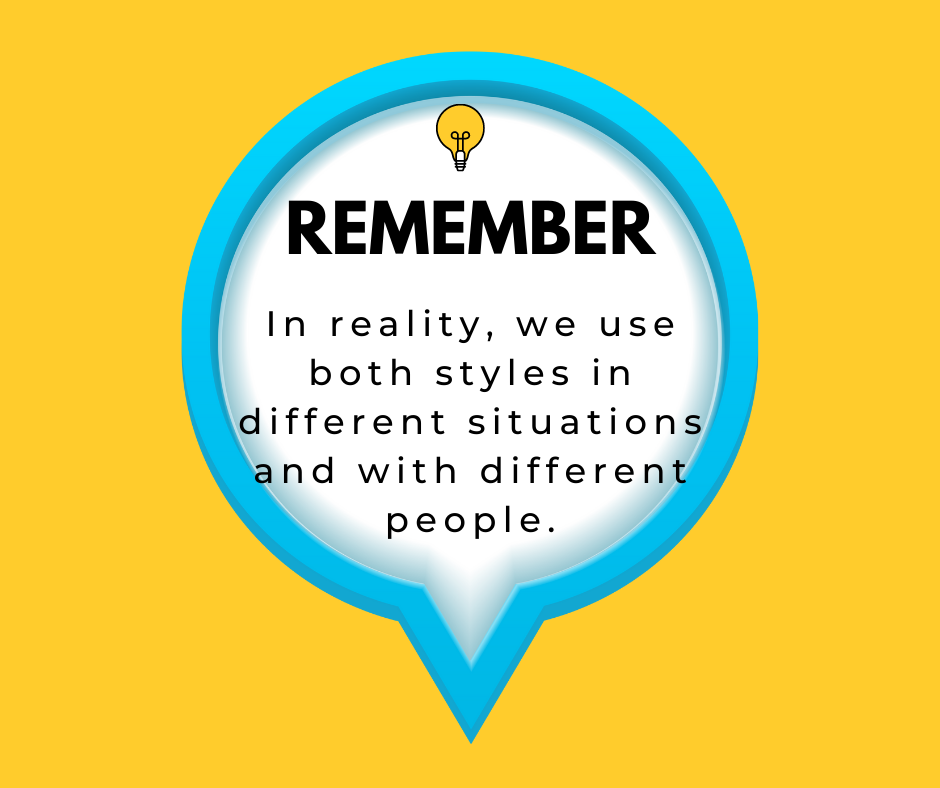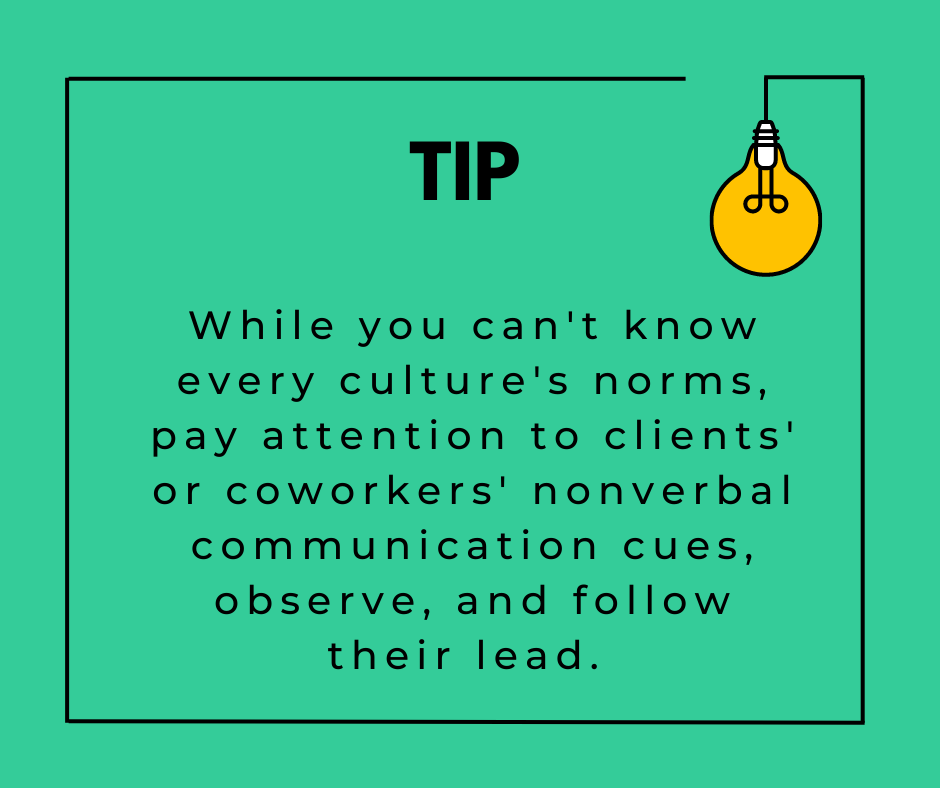Bridging Cultural Gaps: Enhancing Communication Skills for Effective Cross-Cultural Interactions

Imagine this
Your friend invites you to a restaurant you don't really like.
Which reply are you more likely to make?
- Oh, that's an interesting choice, but I have a couple of other suggestions, and maybe you'd fancy going to some of these restaurants.
- Oh, I don't really like this restaurant. Let's go to this one.
Much of how we communicate with others is a product of our cultural background. The first reply in this example is typical for cultures that value implicit communication. On the other side of the spectrum is explicit communication. And this is just one approach to thinking about different cultures.
This is the fourth article in the series of posts on developing soft skills.
Other articles bring tips on developing skills in:
In this article, you will learn how different cultures compare to one another in three key areas:
- Communication
- Leadership
- Persuasion
Also, you will gain insights into how to interact more effectively with people from different cultures.
So, how can you adjust the way you communicate to match the cultural norms of your interlocutors?
Table of Contents
Disclaimer: In this and all other articles about cultures, I'm focusing on cultural norms, but it's important to note that not all individuals in a given culture behave in the same way. Individual differences exist in all cultures.
Explicit and Implicit Communication
In cultures that favour explicit communication, people express ideas in a precise and simple way. Often, an explicit communicator might seem rude and brutal to people from cultures on the other side of the spectrum. They can seem obsessed with details and be accused of micromanaging.
So, if you are talking to someone from Germany, the US, or the Netherlands, follow these tips:
- Communicate things more directly.
- Don't assume they'll be able to read between the lines.
- When giving feedback, don't tone it down or mitigate the impact of your words.
- Don't be surprised if you don't hear many politeness indicators, such as 'please' and 'thank you.'
On the other hand, when speaking with people from cultures that value implicit communication, you should:
- Talk less and listen more.
- Ask questions to clarify anything unclear.
- Pay attention to the context around the actual words to infer meaning (body language, relationships between communicators - their shared history and power relationship)

Leadership Styles
The relationship between leaders and individual contributors varies from one culture to another. For example, egalitarian cultures such as Denmark, Sweden, or the Netherlands have flat organisational structures. This means that bosses and subordinates are treated as equals. On the other side of the spectrum are hierarchical leadership styles. For example, status is important in countries like Japan, Korea, and India, and bosses are treated as such.
- If you are leading a team in an egalitarian culture, treat your subordinates as equals.
- Assume the role of a facilitator, not a dictator.
- If you are an individual contributor, feel free to voice your opinion and treat your boss as an equal.
On the other side of the spectrum, in hierarchical cultures, leaders and individual contributors keep a healthy distance.
- Leaders gain respect by showing strength and confidence.
- Subordinates don't openly disagree with their boss in front of other people.
Persuading
How do you present your argument? Do you start with the why or the how to do something? How do you feel about theoretical discussions?
The answers to these questions are strongly influenced by your culture. Adapting your persuasion techniques to cultural norms is crucial in a business environment. Here are some tips that will help you do just that. If you're coming from, let's say, the USA, Canada, or Australia, you might be familiar with the application-first approach. People from these countries tend to begin the meeting or a presentation with an executive summary or quick bullet points. The focus is on a general principle or proposal which answers the question of how to do something.
Later in the discussion or presentation, the communicator provides any necessary facts, info, etc., to explain the why (as/if needed).
On the other side of the spectrum are the concept-first countries. Italy, Spain, France, Russia, and Germany are a few countries that value concept-first persuasion. Individuals first develop a theory or concept before presenting statements, facts, or opinions, and these exchanges can quickly devolve into theoretical discussions.
Once you can recognise the styles, it makes it easier to ensure that you take advantage of the opportunity to maximise the potential for understanding.
Summary
Much of how we communicate with or form relationships with others is a product of our cultural background. Learning about different cultures and observing the communicator(s) make a big difference to your understanding of others. And understanding others will help you send more clear messages.



